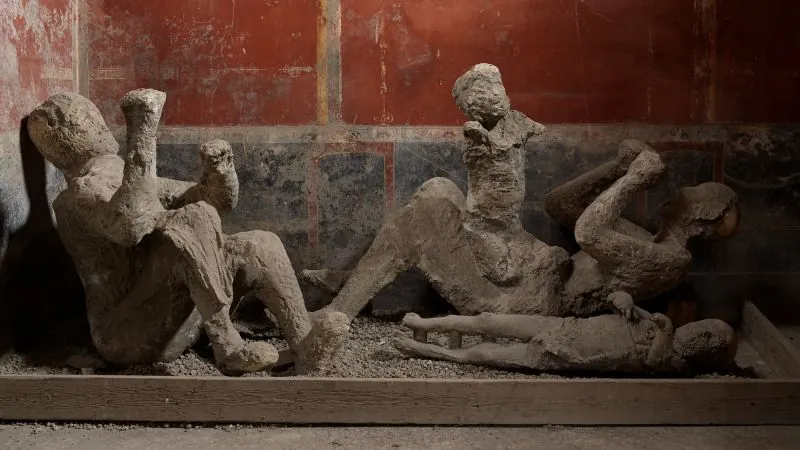
SpaceX's Starship Sonic Booms: A Potential Threat to Structures and Wildlife?
2024-11-21
Author: Ling
Introduction
SpaceX, helmed by visionary founder Elon Musk, is poised to revolutionize space travel with ambitious plans for 100 Starship launches annually. However, this could spell trouble for the communities surrounding the company’s base of operations, Starbase, in Boca Chica, Texas. The Starship rocket is not just the largest ever built; it also generates crushing noise levels during both launch and reentry that could compromise the integrity of nearby structures.
Alarming Findings
Researchers recently published alarming findings in the Journal of the Acoustical Society of America’s Express Letters based on data from Starship’s fifth test flight in October, indicating that its thunderous sonic booms might cause property damage in areas like Port Isabel and the southern tip of South Padre Island. The study determined that the intense sound levels produced during launch could lead to risks such as shattered windows and falling debris, raising urgent questions about the sustainability of frequent launches in densely populated areas.
Significant Flight Details
On October 13, the fifth Starship test flight took place, where the rocket consumed approximately 3,400 tons of propellant. The flight demonstrated an engineering milestone when the Super Heavy booster was successfully captured by a tower after reentry, mimicking a giant game of “catch.” However, this feat did not come without consequences. The sonic boom generated during the flight was recorded to be at least ten times louder than those produced by SpaceX’s Falcon 9 and significantly exceeded the noise from NASA's Space Launch System (SLS).
Concerns and Calls for Action
The researchers noted, “Although these are relative comparisons, they provide greater insight into a vehicle that may soon launch more than 100 times per year. Additional measurements are needed to understand Starship's potential noise impacts on sensitive structures, communities, and the environment.” This growing concern coincides with environmental group lawsuits against the Federal Aviation Administration (FAA), challenging the agency’s decision to expedite the permitting process without comprehensive environmental assessments.
Impact on Wildlife
The Boca Chica site is not only pivotal for SpaceX’s operations; it is also adjacent to crucial wildlife habitats that shelter endangered species such as ocelots and Kemp’s Ridley sea turtles. Even before the most recent Starship flights, local bird populations had declined, raising alarms among environmentalists about potential long-term impacts on local ecosystems.
Conclusion
Experts now urge for a more balanced approach, one that accommodates the fervor for space exploration while safeguarding the surrounding communities and wildlife. As SpaceX prepares for more launches, the world watches closely. Will the potential for innovation overshadow the risk of physical and environmental damage? The answer could define the future of not just space travel, but also the habitats and homes that lie in its wake. Stay tuned as we bring you more updates on this evolving story!

 Brasil (PT)
Brasil (PT)
 Canada (EN)
Canada (EN)
 Chile (ES)
Chile (ES)
 España (ES)
España (ES)
 France (FR)
France (FR)
 Hong Kong (EN)
Hong Kong (EN)
 Italia (IT)
Italia (IT)
 日本 (JA)
日本 (JA)
 Magyarország (HU)
Magyarország (HU)
 Norge (NO)
Norge (NO)
 Polska (PL)
Polska (PL)
 Schweiz (DE)
Schweiz (DE)
 Singapore (EN)
Singapore (EN)
 Sverige (SV)
Sverige (SV)
 Suomi (FI)
Suomi (FI)
 Türkiye (TR)
Türkiye (TR)